Let’s be real: no car is fully waterproof. But when you’re living in an area where flooding happens regularly, you start to pay attention to which cars can handle a little (or a lot) of water and which ones turn into floating disasters.
Some manufacturers think about water resistance, sealing electrical systems, raising air intakes, and reinforcing door seals. Others? They don’t bother, assuming the car will never face more than a puddle.
In this article, we’re looking at five cars that tend to stay dry and handle flood-prone areas surprisingly well, plus five cars notorious for letting water in where it doesn’t belong.
This isn’t about turning your car into a boat — none of these cars are amphibious. But if you live in a city where the roads flood fast after a storm or your neighborhood turns into a shallow lake, some cars will keep you drier and safer than others.
We’re not just guessing here. This is based on owner reports, expert tests, and real-world experience. I’m cutting through the marketing BS and focusing on how these cars behave when they meet rising water. You’ll probably be surprised by which models handle it and which crumble under pressure. Ready? Let’s go.
5 Cars That Stay Dry in Flood Zones
These are the vehicles you want when flood warnings start rolling in. Designed with better ground clearance, tighter seals, and smarter engineering, they hold up better than most when driving through waterlogged streets. They won’t make you invincible, but they’ll sure give you an edge.
ALSO READ: 5 Headlight Designs That Stay Clear and 5 That Yellow Within a Year
1. Toyota Land Cruiser
The Toyota Land Cruiser is a beast. With nearly 9 inches of ground clearance and a serious reputation for off-roading, it’s not just for dunes and rocky trails — it’s a solid choice when streets start flooding. The Land Cruiser’s air intake is set higher than many SUVs, which reduces the risk of sucking in water and killing the engine. Plus, its doors and underbody are built to keep out splashes and pressure.
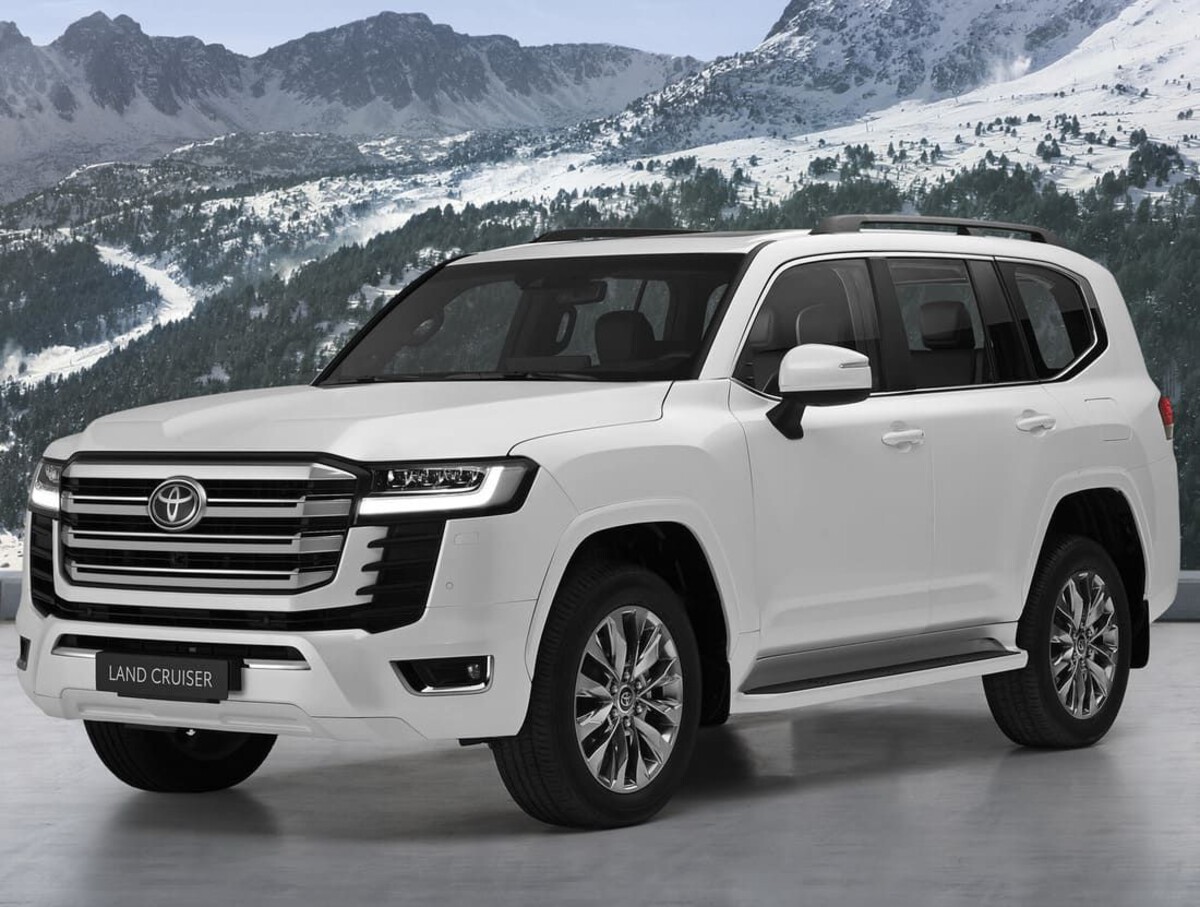
What really makes the Land Cruiser stand out is how well it’s sealed. Owners in flood-prone areas like Thailand and Australia swear by it, reporting minimal cabin leaks even after wading through water.
It also comes with crawl control and a multi-terrain system, which helps keep traction on slippery, flooded roads. It’s expensive, sure, but if you want a reliable, tough vehicle that laughs at rising water, this is it. Just don’t go thinking it’s a boat — anything deeper than about two feet is risky, even for this legend.
2. Jeep Wrangler
The Wrangler’s rugged rep isn’t just marketing hype. Designed for off-road adventures, the Jeep Wrangler handles shallow flooding decently well. It has around 10 inches of ground clearance, and with proper off-road tires, you get extra grip when roads turn into mud pits.
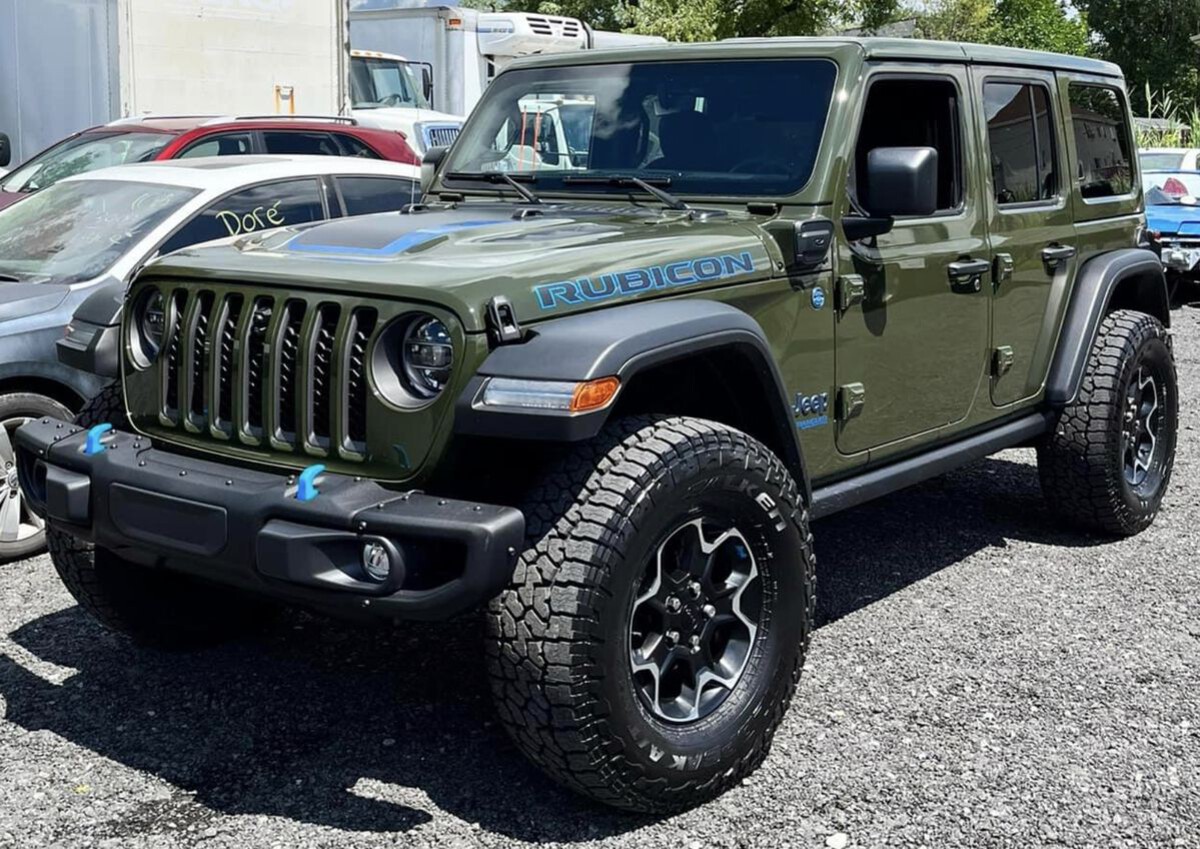
What’s cool about the Wrangler is its sealed electrical systems. Jeep knew owners would be crossing streams and muddy trails, so they designed the Wrangler’s electronics to resist water damage. The body design, especially with the hardtop, keeps cabin leaks minimal. Even the engine air intake is positioned high to avoid choking on water.
That said, don’t get cocky. The Wrangler can take on water up to around 30 inches — but only if you’re careful and moving slowly. Drive too fast into floodwater, and you risk flooding the interior or damaging the engine. Still, when compared to a lot of crossover SUVs or sedans, the Wrangler is in a league of its own.
3. Ford F-150 Raptor
The Ford F-150 Raptor isn’t just a truck; it’s a monster. Built for desert racing and tough off-road trails, it also handles urban floods surprisingly well. With about 11.5 inches of ground clearance and off-road tires, the Raptor gives you serious height over water.

The big advantage here? The Raptor’s high-mounted air intake and beefy suspension. It can wade through nearly 32 inches of water if driven carefully — that’s way more than most cars on the road. Plus, its electrical systems are protected with weather-resistant seals, keeping the truck alive even when the streets turn into rivers.
Owners in areas like Florida and Texas often praise the Raptor for getting them out of flooded neighborhoods where other trucks stall. Of course, you’ll pay a premium for all this — the Raptor isn’t cheap, and its fuel economy is brutal. But when the water rises, you’ll be glad you’re behind the wheel of this beast.
4. Mercedes-Benz G-Class (G-Wagon)
The Mercedes G-Class, or G-Wagon, looks like a luxury toy, but underneath the glam, it’s a hardcore off-roader. This thing was originally designed for military use, and it still carries serious water-wading credentials.

With nearly 10 inches of ground clearance and an impressive 27-inch water fording depth, the G-Wagon can tackle some intense flood situations.
It’s got tight door seals, a solid body-on-frame design, and a high engine air intake that keeps the motor breathing when you’re crawling through deep water. The electronic systems are well-shielded, and the all-wheel drive setup provides excellent grip on slippery, wet surfaces.
Sure, it’s flashy, expensive, and probably more common in celebrity Instagram posts than in real off-road settings, but the G-Wagon’s capabilities are no joke. If you can afford it, you’re getting a luxury vehicle that’s ready to handle floodwaters when needed, though you’ll probably want to give it a nice cleaning afterward.
5. Land Rover Defender
The Land Rover Defender is purpose-built for rough conditions, including water crossings. With a wading depth of about 35 inches, it beats almost everything else in its class. The Defender’s high air intake and carefully designed door seals keep water out of the engine bay and cabin, essential when roads turn into rivers.
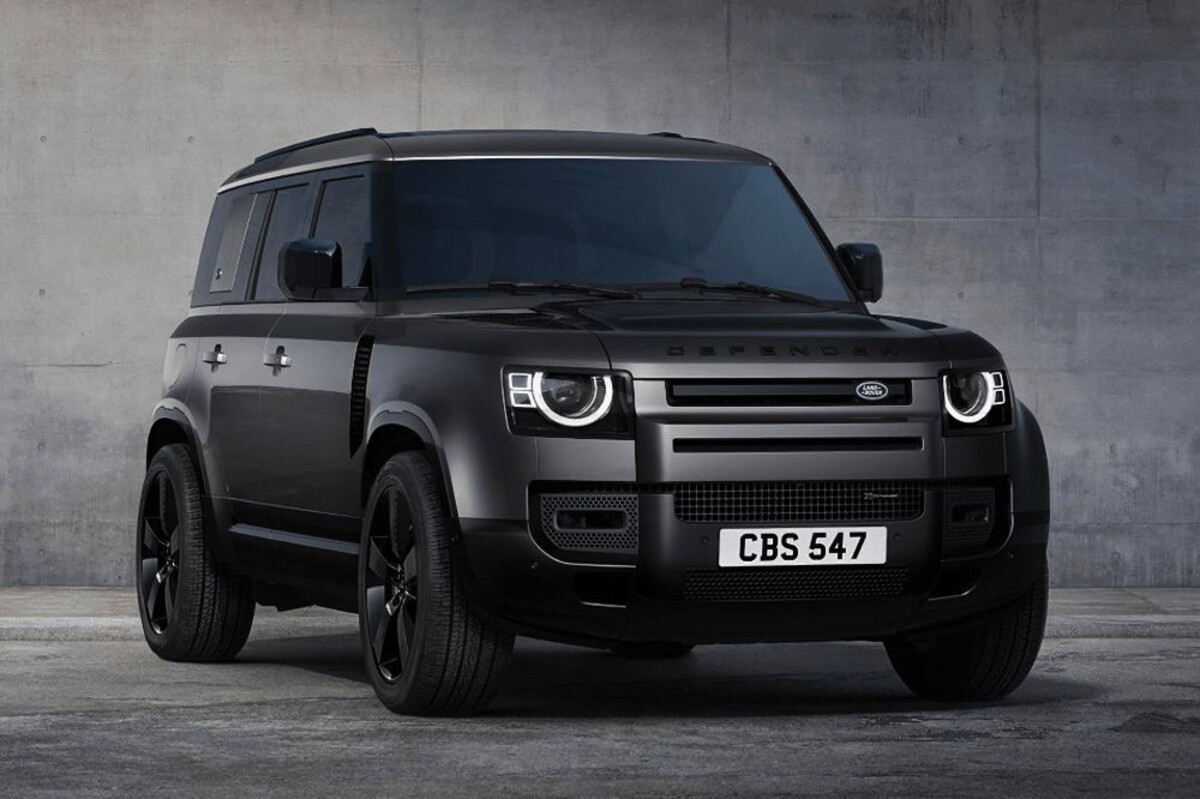
What’s cool about the Defender is that it comes with factory-installed wade sensing, which tells you how deep the water is as you drive through it. That’s next-level stuff. Combine that with nearly 12 inches of ground clearance and air suspension, and you’ve got a flood-fighting machine.
Owners report that the Defender handles urban floods with confidence, provided you’re cautious. Charging into deep water at high speed will still ruin your day, but if you drive smart, the Defender will carry you through areas that would drown smaller vehicles.
5 Cars That Let Water In
Now, let’s talk about the disappointments — the cars that just can’t handle water. These models are either too low to the ground, have poor sealing, or have delicate electronics that get fried fast. If you live in a flood zone, you might want to avoid these.
ALSO READ: 5 EGR Systems That Never Trigger Codes and 5 That Always Throw Warnings
1. Honda Civic
The Honda Civic is a great city car — until the water starts rising. With just about 6.7 inches of ground clearance, it’s one of the first to struggle when streets flood. Even light flooding can overwhelm its air intake, risking engine damage.
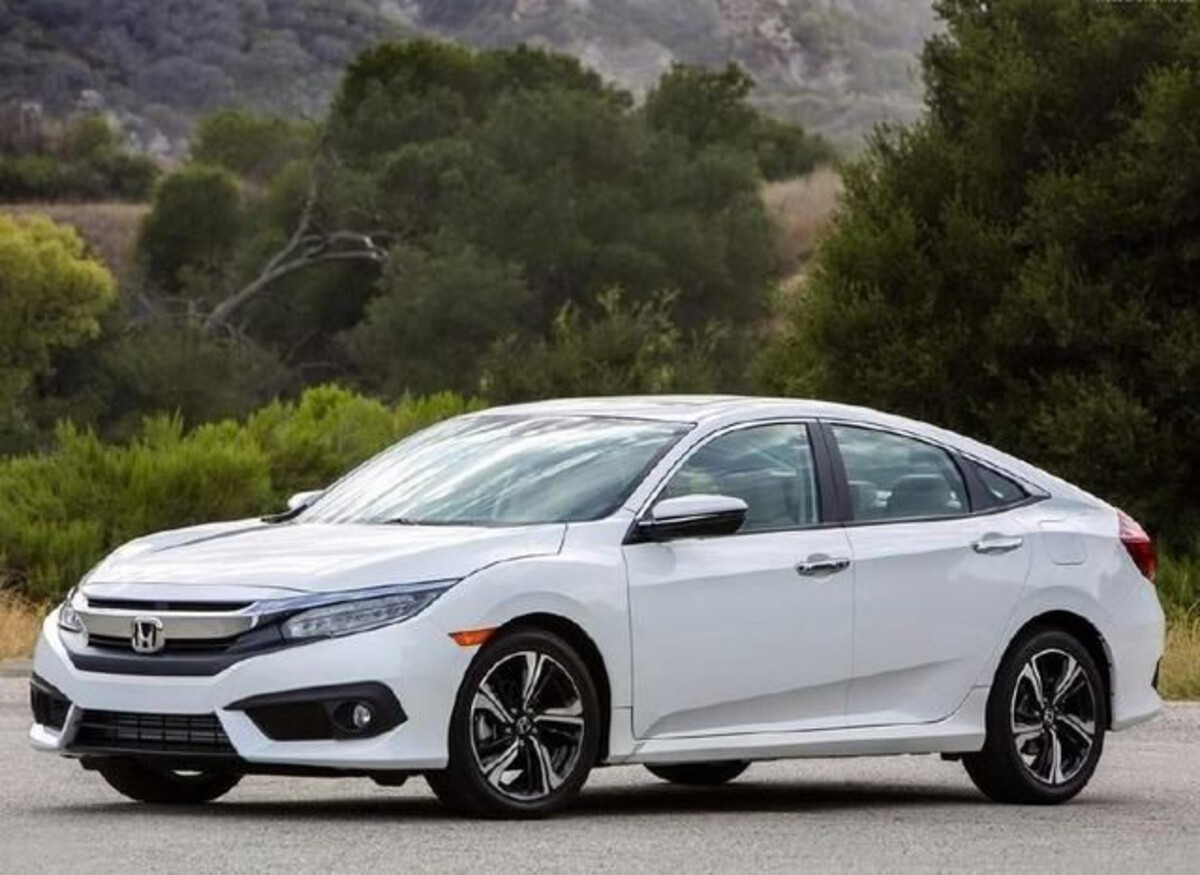
Another issue? The Civic’s door seals and underbody aren’t built to withstand water pressure. Owners have reported wet carpets and soaked electronics after driving through puddles that SUVs handle with ease. Once water gets inside, you’re looking at mold, electrical issues, and a lot of money down the drain.
To be fair, the Civic was never designed for tough conditions — it’s an efficient, affordable commuter car. But if you live somewhere prone to flash floods or heavy storms, the Civic isn’t your best bet. One unexpected water crossing can turn your reliable daily driver into an expensive headache.
2. Tesla Model 3
You’d think a cutting-edge electric car would handle water well, but the Tesla Model 3 has its limits. While Tesla’s battery packs are sealed and water-resistant, the low ground clearance (just 5.5 inches) puts it at serious risk in even moderate flooding.
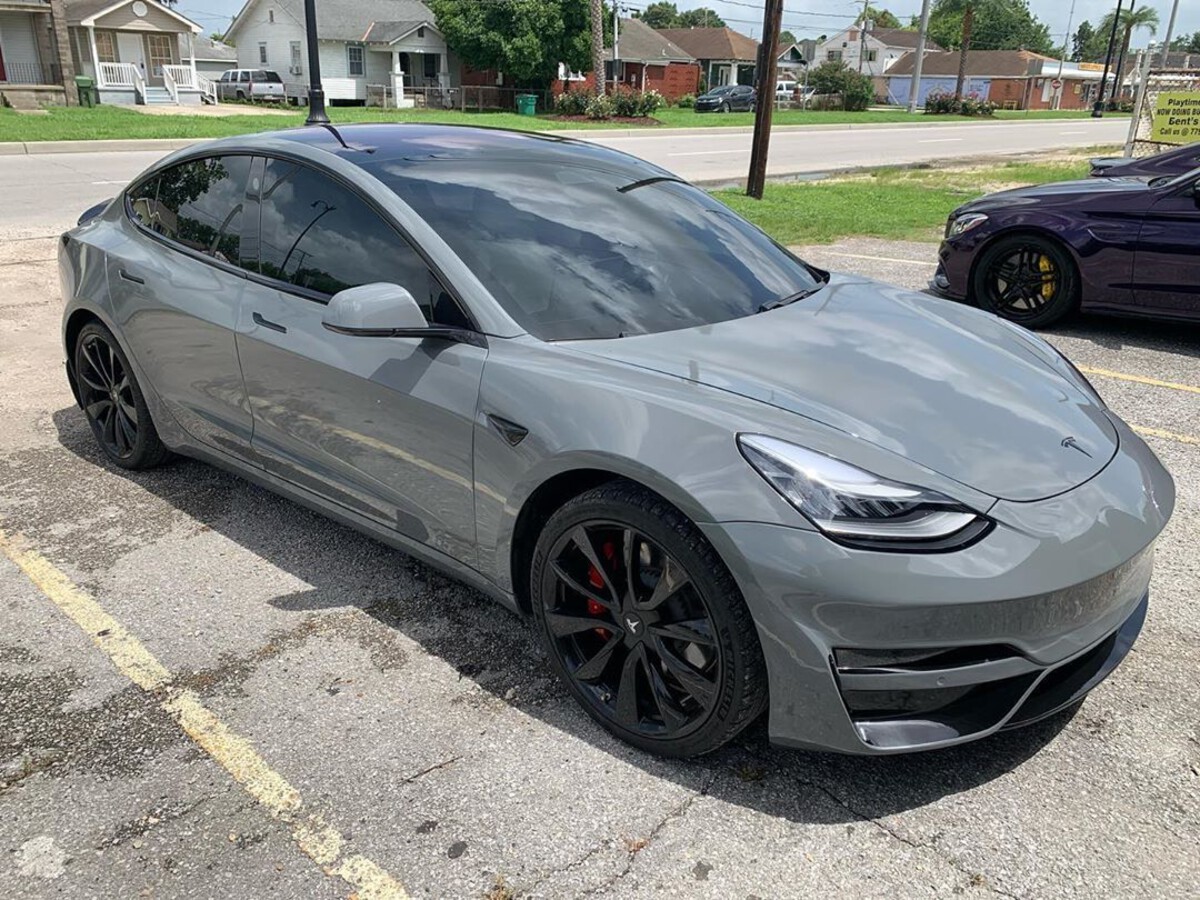
Owners have reported water seeping into the cabin during heavy rain or when driving through deep puddles. The Model 3’s flush door handles and minimalist design also create weak points for water entry, especially in older models, where seals may have worn down.
And here’s the kicker — once water gets into an electric car’s sensitive systems, repairs aren’t cheap. Tesla repairs can be notoriously expensive, and water damage may void some warranties. If you live in a flood zone, you might want to think twice before taking your sleek electric sedan out in stormy conditions.
3. Mini Cooper
The Mini Cooper is fun, zippy, and stylish — but a flood fighter, it is not. With only 5.5 inches of ground clearance, the Mini is low to the ground, and its compact body doesn’t offer much protection against rising water.

Owners have reported frequent water leaks, especially around the doors and sunroof seals. In heavy rain or flooding, the Mini’s small size becomes a liability, as it’s more prone to floating slightly in deep water, reducing traction and control. Once water gets inside, the tight cabin traps moisture, leading to soggy carpets and potential mold problems.
Mechanically, the Mini’s engine air intake is positioned low, making it vulnerable to hydrolocking — a fancy way of saying water gets sucked into the engine, causing major damage. If you’re in a flood-prone city, the Mini Cooper is best left parked when storms roll in.
4. Chevrolet Camaro
The Chevrolet Camaro is a muscle car meant for dry roads and speed, not flooded streets. With just 4 inches of ground clearance, it’s one of the lowest cars on the market, making it extremely vulnerable when water starts pooling on the road.
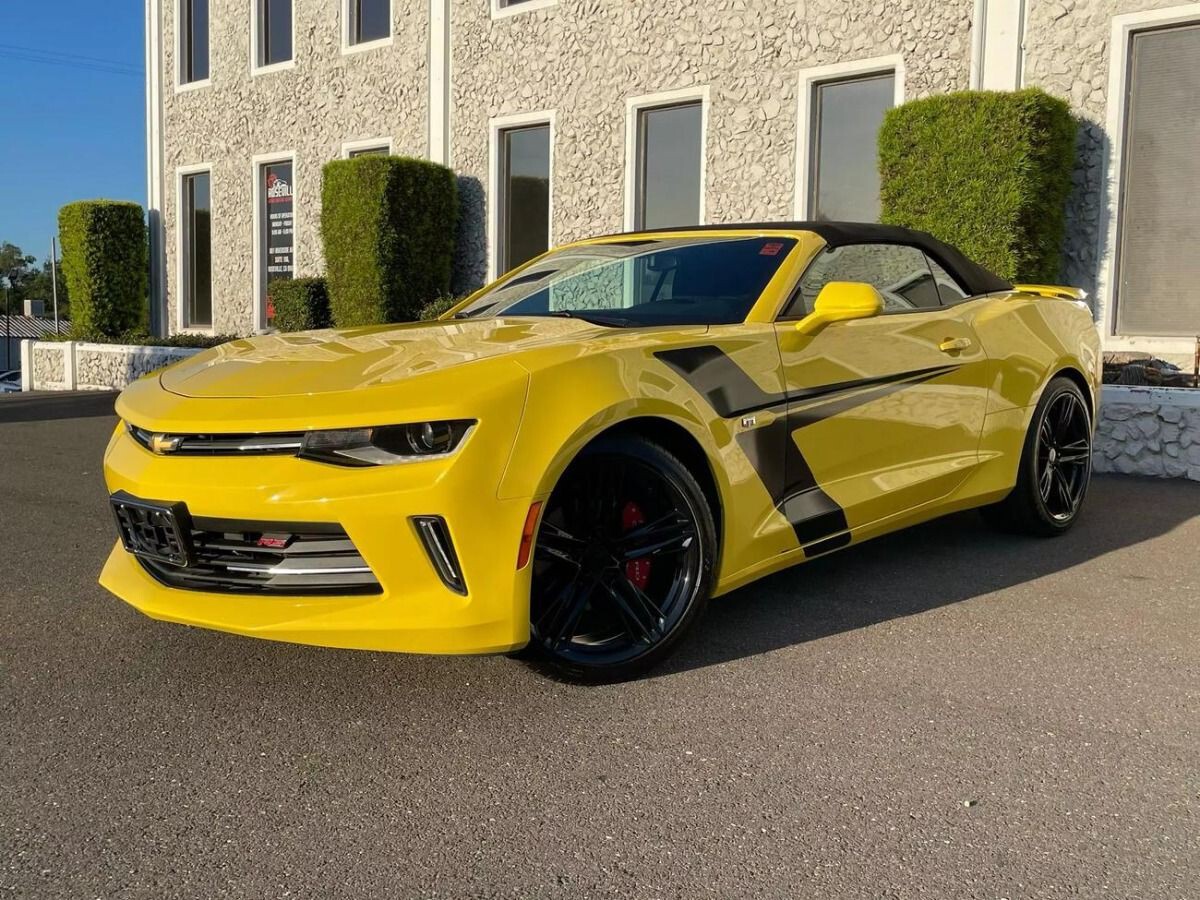
Flooded roads can easily reach the Camaro’s underbody, overwhelming its seals and creeping into the cabin. Owners have reported soaked carpets, damaged wiring, and waterlogged trunk spaces after driving through deep puddles or heavy rain. The Camaro’s wide, low stance also makes it more prone to hydroplaning on wet surfaces, which is a nightmare during storms.
And let’s not forget the engine: the Camaro’s low-mounted air intake puts it at serious risk for water ingestion, which can kill the engine in seconds. Bottom line? The Camaro is best saved for sunny days and clear highways, not navigating through flooded streets.
5. Volkswagen Golf
The Volkswagen Golf is a popular hatchback, known for its practicality and efficiency. But when it comes to water resistance, it falls short. With just 5.4 inches of ground clearance, the Golf struggles with even minor street flooding.
Water can easily breach the Golf’s door and trunk seals, especially in older models where rubber gaskets have aged. Owners have complained about damp floors, fogged-up headlights, and soaked electronic components after driving through waterlogged streets. The Golf’s relatively low air intake also increases the risk of engine damage when faced with deeper puddles or flash floods.

To be fair, the Golf was designed for urban use, not off-road or flood conditions. But if you live somewhere that regularly sees heavy rains or sudden floods, you’ll want to be extra cautious — or consider a vehicle better suited to handle water.
At the end of the day, no car is fully flood-proof. Even the most rugged off-roaders like the Land Cruiser, Defender, or Raptor can get into serious trouble if you push them too far into deep water. But here’s the key: they give you a much better chance of making it through flood-prone zones safely, thanks to smart design choices, ground clearance, and better sealing.
On the flip side, cars like the Civic, Model 3, and Mini Cooper weren’t designed with any of this in mind. They’re city cars, focused on efficiency, comfort, and style — not wading through water. Pushing them into flooded streets can lead to expensive repairs, safety risks, and long-term damage.
If you live in a flood-prone area, it’s not just about getting the right car; it’s about driving smart. Even the best-designed SUV can fail if you speed into deep water or underestimate the current. And even the worst flood-prone car can survive if you stay off the road when conditions are bad.
So, whether you’re shopping for a new vehicle or just thinking about how your current car would hold up, keep in mind: a little caution goes a long way. Cars aren’t boats — don’t treat them like they are.

